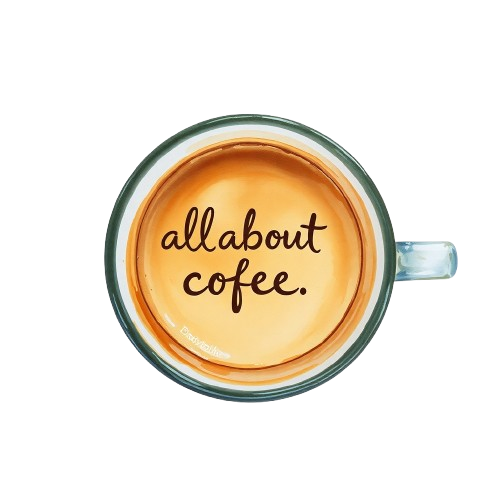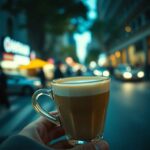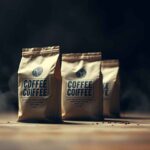What is Espresso? The Heartbeat of Your Coffee Ritual
Imagine the rich aroma of freshly ground coffee beans, the hiss of steam, and that first sip of bold, creamy espresso. Whether you’re a coffee newbie or a seasoned barista, espresso is the foundation of countless beloved drinks. But what exactly makes it special?
Espresso is a concentrated coffee brewed by forcing hot water through finely-ground beans under high pressure. The result? A small, intense shot topped with crema—a golden layer of oils and foam that’s the hallmark of a perfect brew.
Why Espresso Stands Out ☕
- Speed & Strength: Brewed in 25–30 seconds, espresso packs more flavor and caffeine per ounce than drip coffee.
- Versatility: It’s the base for lattes, cappuccinos, and macchiatos.
- The Crema Factor: That velvety layer adds texture and locks in aroma.
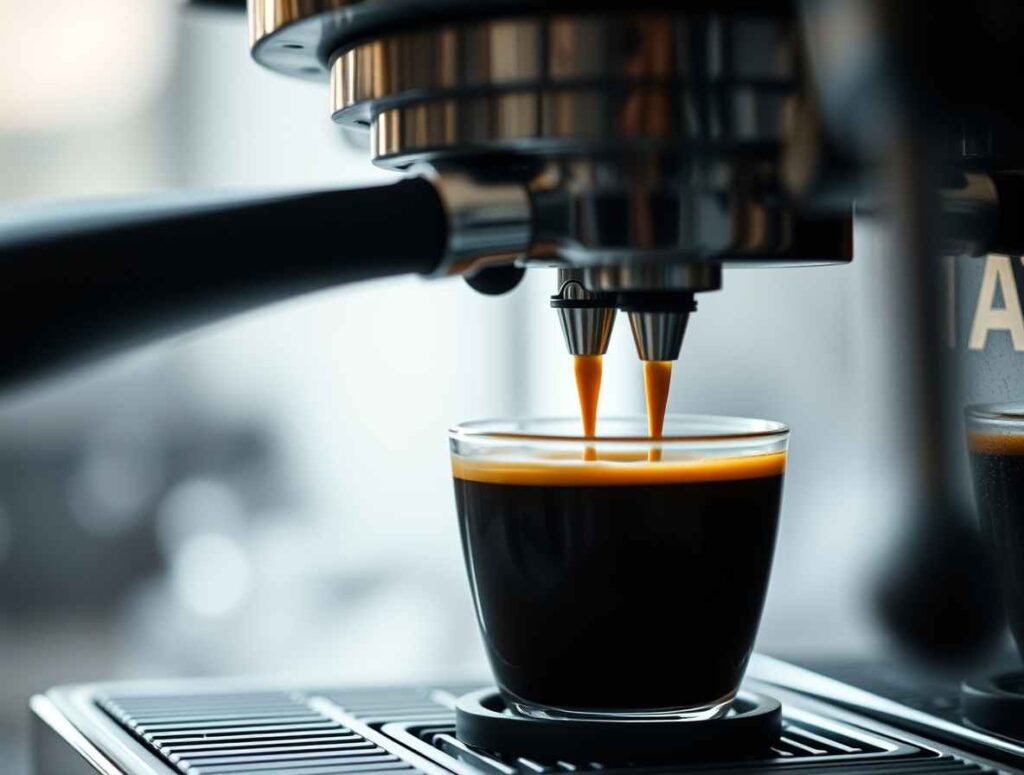
How to Brew Espresso Like a Pro: 6 Simple Steps
- Choose Quality Beans: Opt for freshly roasted, medium-dark beans.
- Grind Fine (But Not Dusty): Aim for a consistency like table salt.
- Measure Accurately: Use 18–20 grams of coffee for a double shot.
- Tamp Evenly: Press down firmly to create a level coffee bed.
- Brew Time Matters: 25–30 seconds for a 1.5–2 oz shot.
- Watch the Flow: It should resemble warm honey, not a rushing stream.
5 Common Espresso Mistakes (And How to Fix Them)
- Stale Beans: Use beans within 2–4 weeks of roasting.
- Wrong Grind Size: Too coarse = weak; too fine = bitter.
- Inconsistent Tamping: Uneven pressure causes channeling.
- Over/Under Extraction: Adjust grind or brew time.
- Skipping Preheating: Warm your portafilter and cup first!
💡 Pro Tip: Keep a coffee journal to track grind sizes and brew times.
Espresso vs. Drip Coffee: What’s the Difference?
| Factor | Espresso | Drip Coffee |
|---|---|---|
| Brew Time | 25–30 seconds | 4–6 minutes |
| Caffeine | 63mg per shot | 95mg per 8 oz |
| Texture | Thick & creamy | Light & watery |
📸 Image Suggestion: Side-by-side comparison of espresso and drip coffee. Alt text: “Espresso vs. drip coffee differences.”
Beyond the Shot: Delicious Ways to Savor Espresso
- Americano: Espresso + hot water.
- Latte: Espresso + steamed milk + foam.
- Affogato: Espresso poured over vanilla gelato (heaven!).
- Cubano: Sweetened espresso with whipped sugar.
Pair your drink with dark chocolate or almond biscotti for a café-style treat!
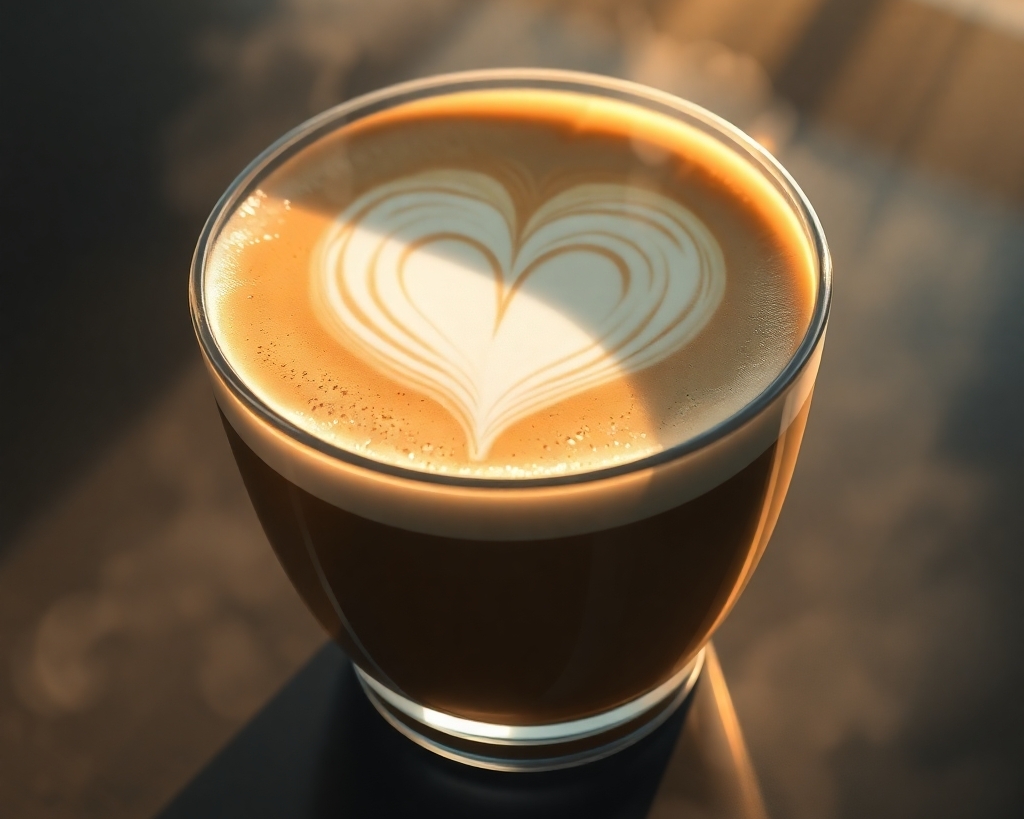
Final Thoughts: Embrace the Espresso Journey
Mastering espresso takes practice, but every shot brings you closer to coffee nirvana. Experiment with beans, ratios, and recipes—it’s all part of the fun!
🔥 Ready to Brew? Grab your favorite beans, fire up the machine, and share your espresso creations with #PerfectEspressoShot!
🌟 Loved this guide? Share it with fellow coffee enthusiasts or drop your espresso questions below! 🌟
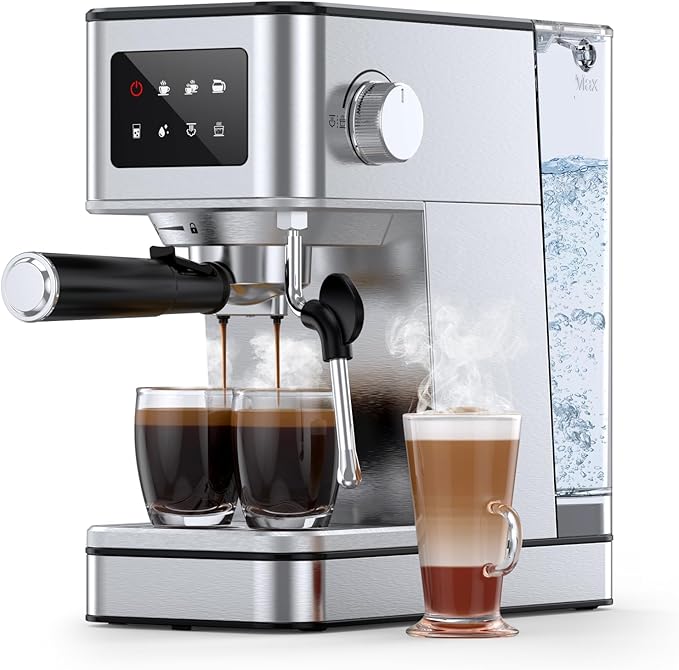
FAQs About Making Espresso Coffee: Your Questions Answered
- 1. What is espresso, and how is it different from regular coffee?
Toggle Cont
Espresso is a concentrated coffee brewed by forcing hot water through finely-ground beans under high pressure. Unlike drip coffee, it has a thicker consistency, richer flavor, and a layer of crema on top.
- 2. What equipment do I need to make espresso at home?
Essential tools include an espresso machine with a pump, a burr grinder for fine grounds, a tamper, and a scale. Optional: milk frother for lattes/cappuccinos.
- 3. How fine should espresso grounds be?
Espresso requires a fine, powdery texture (like table salt). Too coarse causes under-extraction; too fine leads to over-extraction and bitterness.
- 4. What’s the ideal water temperature for brewing espresso?
Aim for 195°F–205°F (90°C–96°C). Too hot = burnt taste; too cool = sour, weak espresso.
- 5. Why is 9 bars of pressure important?
This pressure (about 130 psi) optimizes extraction, balancing flavor and crema. Most machines are designed for this setting.
- 6. How hard should I tamp the coffee grounds?
Apply 30–40 pounds of pressure. Tamp evenly to avoid channeling (water bypassing grounds). Use a calibrated tamper for consistency.
- 7. What is crema, and why does it matter?
Crema is the golden-brown foam on top, created by emulsifying coffee oils and CO₂ under pressure. It indicates freshness and proper extraction.
- 8. How much coffee is used per espresso shot?
A single shot uses 7–9 grams; a double shot 16–20 grams. Adjust based on your machine’s portafilter size and taste preference.
- 9. Why does my espresso taste bitter/sour?
- Bitter: Over-extracted (grind too fine, brew time too long, or dose too high).
- Sour: Under-extracted (grind too coarse, brew time too short, or dose too low).
- 10. Do I need “espresso roast” beans?
No—any fresh, high-quality bean works. Espresso roasts are typically darker, but medium roasts can highlight nuanced flavors.
- 11. Can I make espresso without a machine?
True espresso requires pressure, but alternatives like a Moka pot (stovetop) or AeroPress mimic strength. Note: These aren’t technically espresso.
- 12. How do I froth milk for lattes?
Steam milk to 150°F–160°F (65°C–70°C), creating microfoam by submerging the wand tip. No steamer? Use a handheld frother or French press.
- 13. How should I store coffee beans for espresso?
Keep in an airtight container, away from heat, light, and moisture. Grind beans just before brewing for maximum freshness.
- 14. How long should an espresso shot take to brew?
Aim for 25–30 seconds for a double shot. If too fast: grind finer. Too slow: grind coarser.
- 15. What’s the difference between single and double shots?
A single shot (~1 oz) uses 7–9g coffee; a double (~2 oz) uses 14–18g. Doubles are standard for most drinks.
- 16. Can I make decaf espresso?
Yes! Use freshly ground decaf beans. The process is identical to regular espresso.
- 17. Which coffee beans are best for espresso?
Choose 100% Arabica or Arabica-Robusta blends for balance. Experiment with origins (e.g., Brazilian for chocolatey notes, Ethiopian for fruity).
- 18. Why is my espresso watery?
Possible issues: under-dosing, coarse grind, or insufficient tamping. Adjust dose, grind finer, or tamp more firmly.
- 19. Can I reuse espresso grounds?
No—they’re fully extracted after brewing. Reusing yields weak, bitter coffee.
- 20. How do I clean my espresso machine?
Regularly backflush with water (weekly) and descale monthly (if using hard water). Wipe the group head and portafilter daily.
